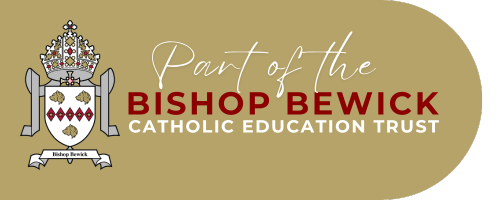
MATHS
MATHS
INTENT:
The overall intent of our Maths curriculum at St. Lawrence’s is to give the children the confidence, perseverance and skills that they typically lack when they come into our school. We seek to maintain and continually improve a rich, broad and balanced curriculum – giving opportunities for them to use Maths across the curriculum, where appropriate. We hope that they can acquire sufficient knowledge and vocabulary to serve them well as they move into the next stage of their education. We aim to provide them with worthwhile content that will inspire them to keep enjoying Maths into adulthood.
Many of our children come from families where it is acceptable to say they ’Don’t like maths’ or are ‘Not very good’, however we inspire children with our exciting Maths curriculum so that they enjoy the subject. This has already included annual KS1 Number Bond championships and KS2 Times Tables championships, which have rewarded children who made the most progress, as well as those who achieved the highest attainment. We also engage children by highlighting how Maths influences their daily lives at home and in school, saving them money and helping them to have a successful career. We reward hard work and effort, ensuring that everyone makes progress – from Greater Depth to SEN.
We aim to progress the subject through steadily acquiring skills and knowledge. We do this by ensuring that Fluency, Reasoning and Problem Solving are given the correct amount of space in each unit, and that all pupils are exposed to them appropriately to make sure they make progress.
IMPLEMENTATION:
We believe that children should learn through 3 phases; concrete, pictorial and abstract.
At St Lawrence’s children receive input from their teacher to match their needs. All classes begin the day with a maths morning starter, usually based around fluency, which can be differentiated if the teacher thinks appropriate.
We follow a lesson design of teacher input, fluency activity, then application through problem solving and reasoning. All three areas may appear in some lessons but always at least two. Where some children are already fluent in a skill, they may begin on the problem solving and reasoning. They may work on these activities with the class teacher or independently, whilst the teacher and support staff deliver specific interventions to children.
In KS1 lessons are based on the principle of ‘concrete, pictorial to abstract’ and where applicable, a range of manipulative, such as Numicon, Place Value Counters, Cuisenaire Rods, Cubes etc are used across the school to support children to secure key concepts, and to become fluent in methods of calculation. This model continues in KS2.
We follow the National Curriculum throughout the year with additional input from White Rose teaching materials. We use a variety of online resources within school, and available at home for pupils: Times Table Rock Stars, Mathletics and in KS1 ‘Hit the Button’ to reinforce number bonds.
We assess children formally 3 times a year using Test base materials – splitting this up into arithmetic and problem solving so we can easily pinpoint where gaps might be. As a staff, we have also selected which ‘Key Skills’ that we want children to have, when they enter each year group in September. We use the final half-term in summer to assess the children and then focus on these core areas of development to prepare them fully for their new class. They are also then re-visited in the first 4 weeks of the autumn term to ensure knowledge lost over the summer break is revived.
Currently the school is having an additional push on problem solving/reasoning and staff have been working closely with the Great North Maths Hub to achieve this as part of the Teaching for Mastery programme.
IMPACT:
Within St Lawrence’s the profile of maths is increasing and children are increasing their enjoyment of Maths. We are moving away from a fluency bias to one where all children are being challenged and encouraged to show perseverance when it comes to reasoning and problem solving.


